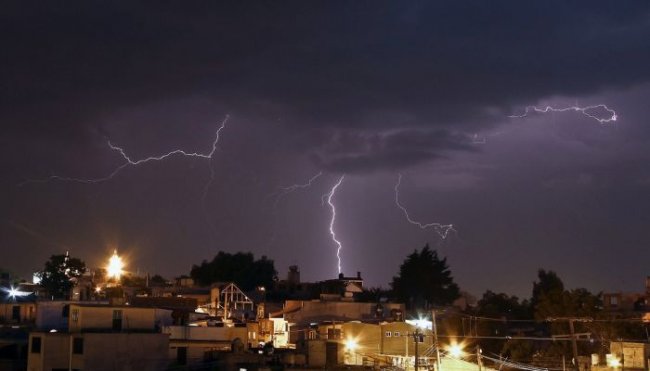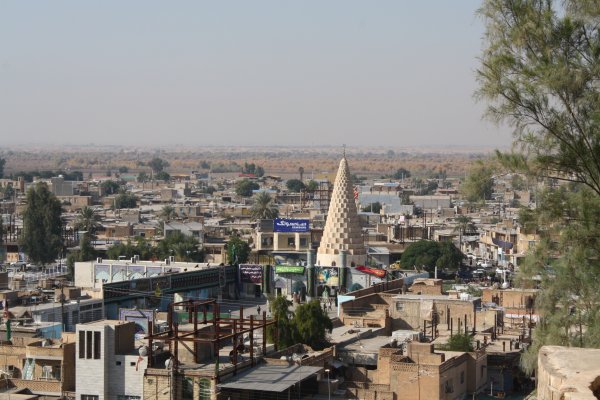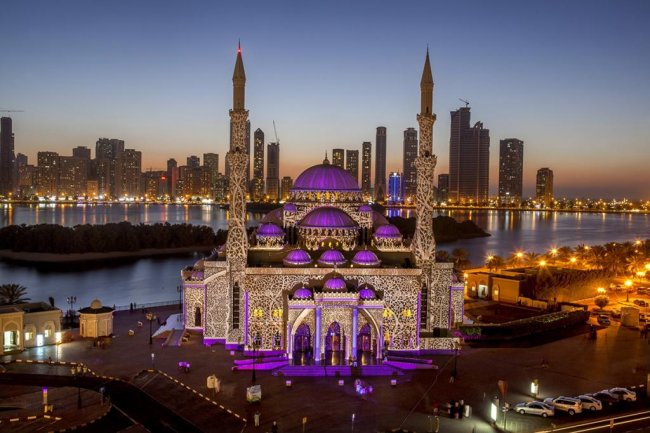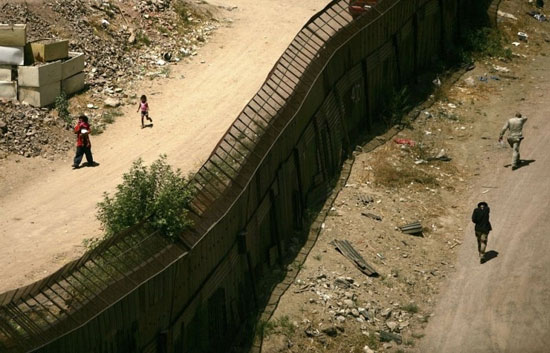Salt Mine in Wieliczka
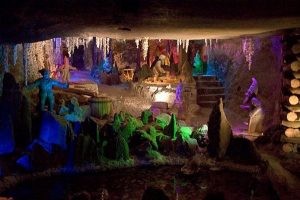 The Wieliczka Salt Mine is the most famous building of this type in Europe, mainly because of its size and interesting content …
The Wieliczka Salt Mine is the most famous building of this type in Europe, mainly because of its size and interesting content …
The salt mines in Polish Wieliczka began to be developed back in the 13th century and continued to mine salt until the second half of the 20th century (when several tourist routes were destroyed due to salt mining near historical workings), so today the mine can be called a real museum of the evolution of mining technology rock salt
The first tourists came to the mine in the 15th century, although at that time they were not exactly tourists – access to the mine was open only to the most privileged persons, who had the official permission of the king with his personal signature.
In the 18th century, the Wieliczka salt mine was equipped with a wooden staircase that penetrates almost all of its levels, making it much easier to inspect them. If at the end of the XVIII century there were only a few dozen people per month, and at the beginning of the XIX century – a few hundred, then after the mines were equipped with many monuments and obelisks and the opening of illuminated tourist routes on the second and third horizons, the mines became so popular that the geography of the end of the XIX century, after a detailed description of the Wieliczka salt mine, there was a small footnote stating that Krakow is located nearby
In the 1950s, work began to ensure safety inside the mine, after which a huge stream of tourists was thrown here, who were attracted by the magnitude of the mines and the opportunity to buy salt, the medicinal properties of which were known as early as the 16th century, but no more than a hundred tourists at the same time. During this period, the mine was visited annually by about 200 thousand people, and in the early 70s their number already exceeded 750 thousand.
1978 became a landmark for salt mines – the mine was included in the UNESCO World Heritage List
But the joy was short-lived – after 11 years, the Wieliczka salt mines were put on the register of objects under threat of destruction due to serious problems with humidity. At the cost of incredible efforts, the Polish authorities managed to solve this problem and secure the mine and preserve the salt sculptures and structures, in connection with which Wieliczka was excluded from the last list in 1998
The Wieliczka Mine consists of seven horizons (underground levels), the highest of which is at a depth of 57 meters, and the deepest lies at 198 meters. The total length of underground paths is more than 200 kilometers.
Today in the Wieliczka salt mine you can visit more than two dozen different chambers and chapels at different depths. This is a real underground kingdom, through the wide streets of which you can slowly pass from one unimaginable structure to another. The most memorable sights of Wieliczka are:
Mine shaft Danilovich cut through in the middle of the XVII century to transport salt to the surface
Camera of Nicolaus Copernicus with a sculpture erected in 1875 to commemorate the 500th anniversary of the birth of the astronomer
Established at the end of the 17th century, the Chapel of St. Anthony, which retained its original form and the altar with salt sculptures of the Crucified Christ, Our Lady and Child and St. Anthony, who once hung in the balance from complete disappearance due to the destructive properties of the wet, in a huge block of green salt of air
The camera of Casimir the Great with a bust of the king, created in the first half of the XVIII century in honor of the monarch who issued a decree regulating the extraction and trade of salt, although this camera received its name only after 6 centuries, in 1968
And, finally, the pearl of the Wieliczka Salt Mine – the current underground Kingi Chapel, created in 1896. The chapel is located at a depth of 101 meters and is a colossal building of salt 54 meters long, 18 meters wide and 12 meters high, decorated (and lighted) with a luxurious salt crystal chandelier, sculptures of Pope John Paul II, St. Kinga and other local saints, salt copy of The Last Supper by Leonardo da Vinci and many other religious sculptures.
